Red flags for workplace bullying and harassment can sometimes hide in plain sight. Photo: File.
Contrary to popular belief, identifying workplace bullying and harassment isn’t always a question of qualitative data.
While organisations commonly rely on staff surveys or find themselves on the back foot when a report is made, research conducted by Sententia Consulting has revealed quantitative data points that can indicate trouble – and it’s information most businesses collect as standard.
“There are certainly early indicators of patterns of bullying and harassment that organisations can pick up on,” managing consultant Tom Foster said.
“Examples are patterns in absenteeism or staff retention.
“What we found in our research was a lot of organisations were tracking this information but not following through with a simple next step – analysis and discussion with key leaders based on that analysis.
“You can track that information, but what you must then ask yourself is, ‘what is this data telling us and why is that important?'”
Mr Foster said while the survey approach has its uses, victims and bystanders embroiled in workplace behavioural issues often experience “reporting paralysis”.
“There are many different barriers as to why they wouldn’t report, such as fear of repercussions for the individual and the inherent power imbalance between managers, leadership and staff,” he said.
“The position of power will always limit an individual from rocking the boat, and without trust, your data will never be perfect.”
Sententia’s research, which looked at public and private sector organisations of all sizes, highlighted a need for multiple avenues for whistleblowing, including anonymously.
But its benchmarking exercise of initiatives undertaken by the organisations, policy development, volumes of reports, training undertaken, reporting and investigation processes found common deficiencies.
“In all instances, the organisations and departments had different frameworks, policies and procedures in place and they all typically individualised as much as they could beyond legislative requirements,” he explained.
“It’s critical to have that roadmap, so you’re not seen to be making it up as you go, but often the crucial missing component was how they then embedded that more broadly into their organisational culture.
“Whether an organisation is successful or not in handling workplace behavioural issues is inherently cultural. But there’s no ‘one-size-fits-all’ approach and they need to tailor and embed them based on the needs of organisations.”

Sententia Consulting managing consultant Tom Foster. Photo: Sententia Consulting.
Mr Foster said there were elements workplaces could build into their frameworks, policies and procedures, and more broadly, into their culture to shift away from a purely reactive approach.
“The simplest answer is organisations need to showcase their commitment and this needs to start from the leadership level,” he said.
“It’s a two-staged approach. First is leadership repeatedly talking about diversity and inclusion and how important it is to them as individuals and as organisations. The second is living by example and living their words.
“We’re seeing that HR-driven campaigns like your standard yearly training, while important, are not enough. There is a strong need for that top-down approach, demonstrable commitment from senior leadership and for leadership to act decisively when events occur.”
Mr Foster said while matters of workplace behaviour have always been important, they have become more culturally prominent in recent times.
Movements such as #metoo as well as recent high-profile sexual harassment and bullying cases in the Australian public sector have brought these issues out of the periphery and to the forefront.
“Ultimately, there’s a greater community expectation around the proper treatment of individuals,” he said.
“From what we’ve found in our research and given the job market the past few years, staff are becoming more selective of the organisations they want to work with, and culture plays a big part.”
Workplace bullying and harassment can be costly – not only financially if brought to litigation but also reputationally and emotionally.
Mr Foster said legislative obligations aside, employers should feel morally obligated to invest appropriately at the front end to uncover red flags.
“Yes, there are the obvious financial impacts of bullying and harassment in the workplace,” he said.
“Litigation aside, there’s the reputational damage for organisations in the marketplace, potential loss of suppliers, partners, sponsors, market share value – broader financial implications. But protecting your staff is also just the right thing to do.
“How they promote that positive culture and change behaviour is the golden nugget they all have to try and seek out.”





















